Funding railways, dams from overseas Pakistanis
Govt can launch new instrument like Roshan Pakistan Assets or Pakistan Resilience Fund to mobilise financing
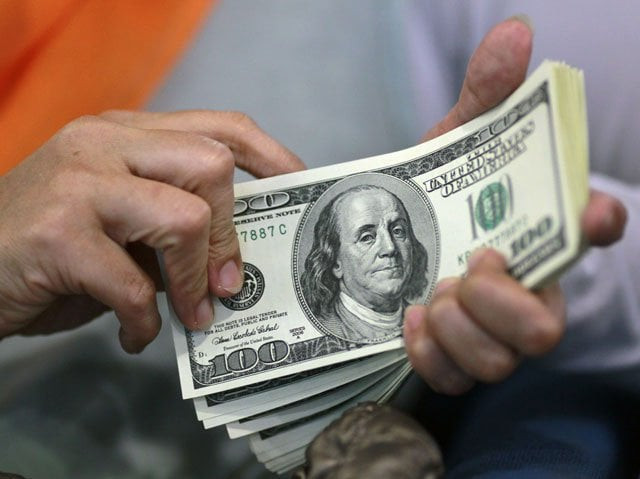
The catastrophic floods in Pakistan have left a trail of devastation across our economy, society, and environment. More than 1,700 lives were lost in 2022, with 33 million citizens affected, 2.1 million displaced, and 10% of the country submerged.
Agriculture – the backbone of our exports – was crippled, with farmland, homes, and infrastructure worth up to $40 billion destroyed. Once again in 2025, Punjab's breadbasket is underwater: over 2,000 villages and thousands of farms submerged, disrupting wheat and cotton output and endangering food security. These recurring tragedies underscore the fragility of our economy in the face of climate change and lack of infrastructure.
No dams, no railways, no growth
Pakistan's grievance is valid – we contribute less than 0.5% of global CO2 emissions, yet we bear disproportionate climate costs. But blaming the external environment is not enough. Weak urban planning, illegal encroachments, lack of water reservoirs, and ineffective early-warning systems amplified the destruction. We cannot afford to remain reactive; prevention and resilience must become national priorities.
Another equally paralysing challenge has been the decade-long delay in financing Pakistan's mainline railway from Karachi to Peshawar. In 2013, the then PML-N leadership promised a bullet train. Ambitious, yes – but unrealistic. A 160 km/h modern rail network may lack the glamour of bullet trains, yet it would transform passenger and freight movement, cut travel time, and integrate our economy. The tragedy is not the lack of vision, but the absence of financing to turn the second-best into reality.
Financing the missing link
What is common between flood rehabilitation and railway modernisation – financing. Both are big-ticket projects costing $4-10 billion over five to seven years, requiring more dollars than any IMF bailout can provide.
An IMF programme, after all, is not about dollars from Washington; it is about international endorsement – unlocking bilateral, multilateral, capital market, and friendly-nation financing. Yet, we have boxed ourselves into dependency, forever waiting for others to fund what is existentially important to us.
Your author has consistently argued for crowdfunding infrastructure through Shariah-compliant, dollar-denominated savings instruments. Pakistanis at home and abroad must be given the opportunity to invest directly in their nation's future. These projects are asset-backed – rail lines, stations, land, bridges – which can be pledged to create Islamic structures attractive to retail savers, high-net-worth individuals, pension funds, and insurers alike. The Roshan Digital Account (RDA) platform is tailor-made for this mobilisation.
Overseas Pakistanis to pour in dollars
As of June 2025, a net $1.4 billion remains outstanding in Naya Pakistan Certificates after maturities. Why stop there? Launch a new instrument – Roshan Pakistan Assets (RPA) or Pakistan Resilience Fund (PRF) – with a 10-year maturity, offering 8.25% return in dollars.
Add non-financial incentives: airline miles, retail discounts, waived passport or NADRA fees, and recognition as eligible collateral for bank loans. Let every Pakistani saver feel that their dollar not only earns but also builds Pakistan.
Do not fear the repayment risk. Already, of the $11 billion gross raised through RDAs, nearly two-thirds has been invested locally, reducing outflow pressure. These funds circulate within Pakistan, for Pakistanis, and are reinvested in our own economy. The greater risk is complacency – rolling over bilateral loans and IMF tranches indefinitely. We must take ownership of our destiny, fund our own resilience, and demand recognition on the global stage not as borrowers, but as builders of our own tomorrow.
The writer is an independent economic analyst

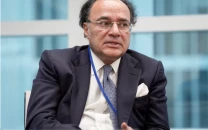
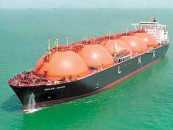


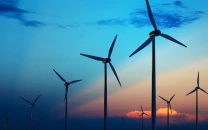
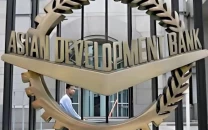
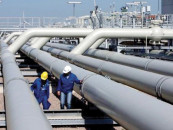



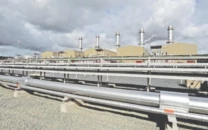
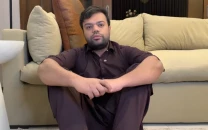


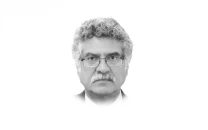




COMMENTS (2)
Comments are moderated and generally will be posted if they are on-topic and not abusive.
For more information, please see our Comments FAQ